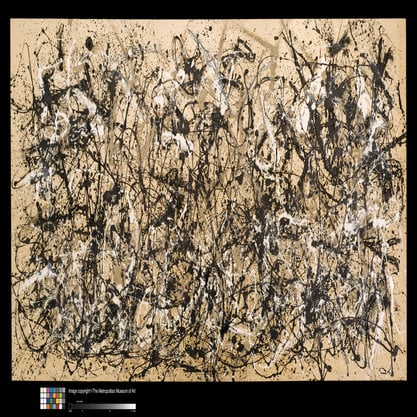Article
Woodruff, Hale A. (1900–1980) By Baker, Marissa H.
Article
Hale A. Woodruff was an African American painter and educator associated with the Negro Renaissance and later with the New York Abstract Expressionists. Woodruff studied painting in France (1927–31) and later taught art at Atlanta University (1931–45), where he initiated an influential annual exhibition of African American art promoting artists from around the country. Woodruff’s paintings depict the hardships of rural poverty for African Americans in the South. His Amistad murals (1939) at Talledega College are representative of his early expressive figurative style, portraying African Americans with a lyrical physicality in a narrative of universal struggle and survival. In 1943 Woodruff was awarded the Rosenwald Fellowship and, soon after, left Atlanta for New York to teach at New York University (1945–68). There his style became more abstract as he incorporated Dogon, Ashanti, and Yoruba imagery into his paintings. Woodruff was a founding member of Spiral, a group that addressed the persistent difficulties black artists faced in America. Woodruff remained in New York until his death.


